How to Teach Math in Elementary Grades
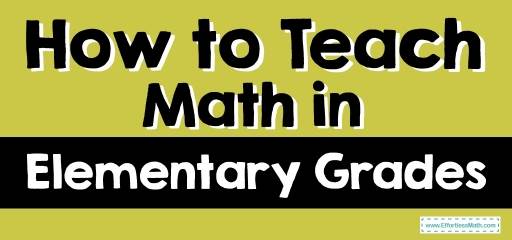
Nowadays the Internet is filled with various helpful resources, tips, and tricks. All students and teachers can take advantage of this, by having the option to read reviews on Reddit, check different topics for educational methodologies and technologies, or watching educational videos. Those days we are going more and more digital. When it comes to e-learning in school education, there are plenty of ways to introduce that in elementary school. But person-to-person teaching still stays important. When you teach a class, you can take advantage of both methods.
When it comes to elementary math, there is no doubt this is a hard subject to teach. There are many new things, concepts, learning elements. So, here we are going to show you some ways to improve student comprehension and maximize the effectiveness of the learning process.
Visuals
Sure, there are lots of visuals and graphs in the textbooks. But this isn’t the only way you can utilize such images. Graphics and visuals can be effectively used together with specific guidance. Such methods can include colorful visuals and graphics to catch the attention of students. By offering such elements you present the concepts of elementary math in quite an engaging way.
Differentiate Learning
Students should have the opportunity to learn their concepts at their own pace. So, you need to vary the time for each student and through this method, they will have the time needed to grasp each different concept. By using technology, you can differentiate the learning process according to the needs of the students. After all, not everyone in the classroom has the same ability level. Thus, you should take this into account and use technology-based methods to provide the time and tools needed.
Ask Students for Explanation of Their Ideas
When one has to present and explain an idea to someone else, they are much more confident and surer in it. Here comes meta-cognition. This is a process where one thinks about their options and results. That process impacts hugely how students learn. So, when you present a math problem, give chance to students to brainstorm about how to approach solving it. Have them work together to come up with various strategies. You can use that method for any stage of solving a problem. When students answer a particular problem, have them say step-by-step how they reach that answer.
Incorporate Storytelling
Young students are quite interested in stories and real-world scenarios. You can use that to teach them elementary math. Incorporate story problems in all your lessons. By doing so you show students how the concepts of elementary math find their place in the real life. Such storytelling presents students with a chance to see how math can be used in day-to-day life. This allows them to note how relevant math is. If you have the option to go digital, various animated story problems give you a hand in incorporating storytelling.
Use Showing and Telling When Teaching New Concepts
When we talk about elementary math, we are talking about young students. They can learn better if you start your lessons with a “show and tell” methodology. When you perform the “tell” part, you share the knowledge with your students. While you are onto the “show” part, though, you present a model for actually doing something. Today you have greater options to incorporate that method by using interactive whiteboards or animations. There are plenty of videos available, as well. By utilizing them, you engage and interest students in the problems and the solving methodologies.
Let Students Know How Are They Doing
When you work with students of all ages, it is important to let them know how they are doing. This feedback improves the results. Tell them what their performance on specific tasks is and give them help in improving themselves and developing new skills. When giving feedback you don’t have to necessarily give praise. Rather, focus on telling them how they have performed with the presented task. Make sure they understand how they are doing and how can they approach their skills to improve.
Modify, Reevaluate
We all have specific content to oblige to. Thus, we may feel compelled to go through one lesson a day. But the pace should be flexible, otherwise, some kids can fall behind. Observe how your students are doing and note the dynamic of the learning process. Gauge their comprehension before moving forward. Then, when you have an understanding of how they are performing, modify the speed or put them in different groups.
Play Games
It’s not always easy to ensure engagement and participation on behalf of the students. This is especially true if you are mostly going with worksheets. To ensure more fun and promote mathematical thinking and better comprehension, you can opt to incorporate some math games. If you assign them games to play home, this allows for a better home-school connection.
Hands-on Learning
Mathematics is hugely abstract. To concretize the concepts, you can incorporate math manipulatives where this is possible. Such methods can include using LEGO to teach finding perimeter and area. Or use the same blocks to give students comprehension of multiplication.
Conclusion
There is a variety of strategies that allow you to develop a better comprehension among your students. You can utilize different methodologies and tricks to teach elementary math much more effectively. Here we tried to present some of those methods that you can take advantage of. They are easy to be applied, although some of them may require a bit more in-depth thought. Still, we are sure that they will help every teacher achieve better comprehension when teaching elementary math. After all, this is an essential skill and the more effectively we teach it the better for the students.
Related to This Article
More math articles
- How to Solve Word Problems on Dividing Whole Numbers by Unit Fractions
- How to Write the Equation of a Cosine Graph?
- 3rd Grade NYSE Math Worksheets: FREE & Printable
- What are the types of math?
- 10 Most Common 6th Grade Georgia Milestones Assessment System Math Questions
- Treasure Hunt in Geometry: How to Navigate Through Polygons’ Scale Drawings
- Central Limit Theorem and Standard Error
- 6th Grade IAR Math Practice Test Questions
- 7th Grade PARCC Math Worksheets: FREE & Printable
- Classifying a Conic Section (in Standard Form)
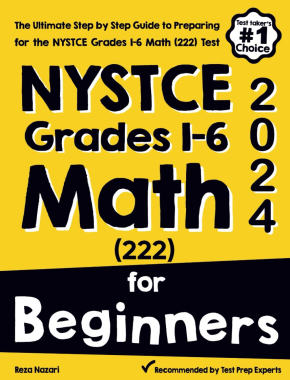
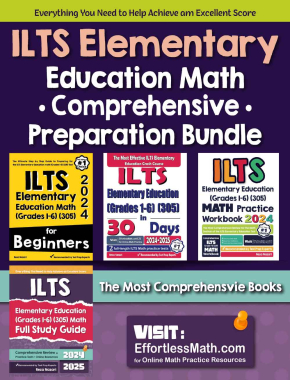
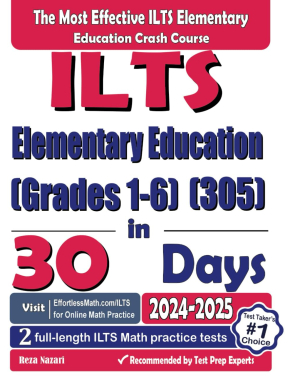
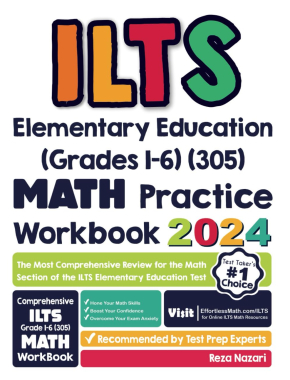
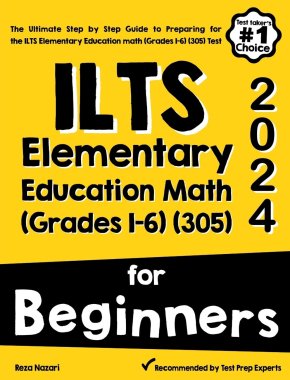
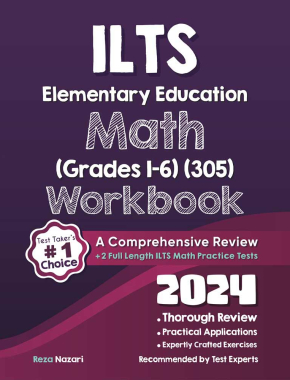
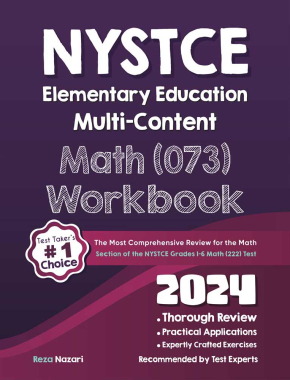
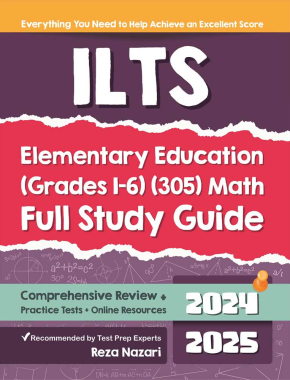
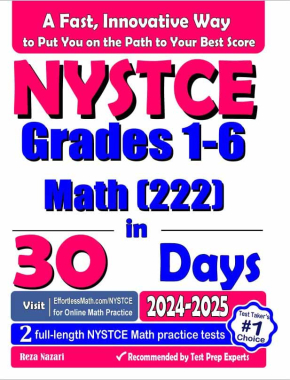
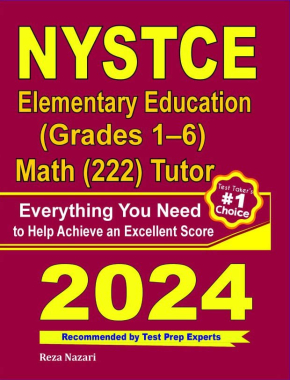
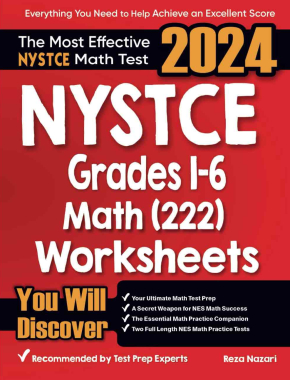
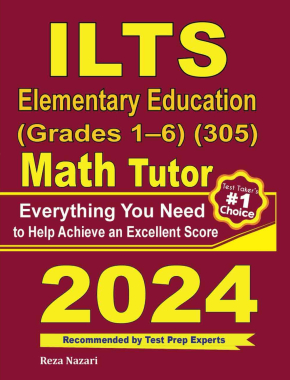
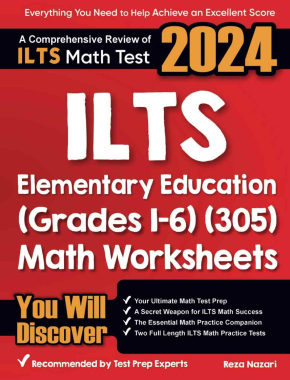
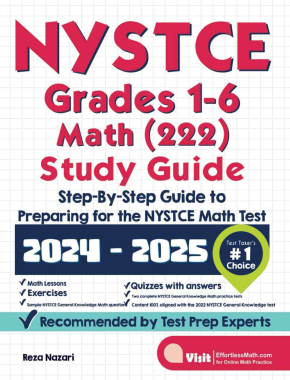
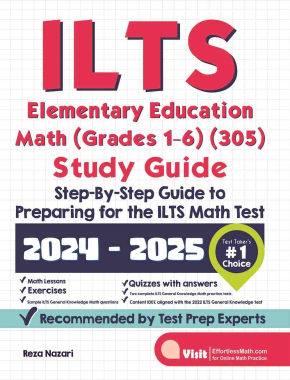
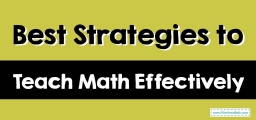
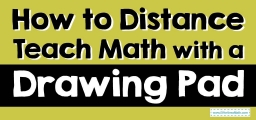


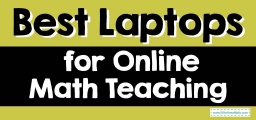

What people say about "How to Teach Math in Elementary Grades - Effortless Math: We Help Students Learn to LOVE Mathematics"?
No one replied yet.